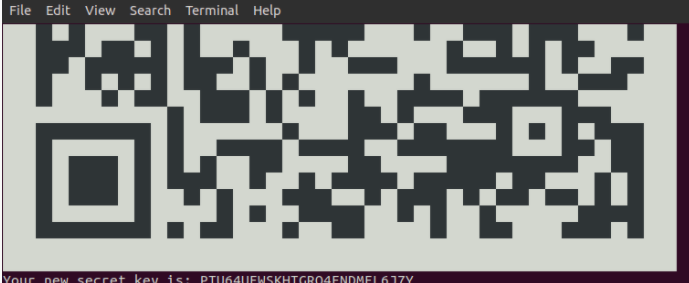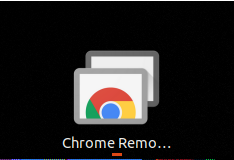The Setup Host: Ubuntu 18.04 “Bionic Beaver” releaseSoftware: Google Chrome Original article found on linuxbabe Super handy, and secure way to ssh into your Linux Box at home. This uses the Android Google Authenticator for the QR code, generated right
Read More
Tag: ubuntu
Ubuntu Chrome Remote Desktop configuration
The Setup Host: Ubuntu 18.04 “Bionic Beaver” releaseSoftware: Google Chrome I thought this was weird: I couldn’t actually download the Chrome browser. Couldn’t do it from firefox (the Ubuntu default), or chromium (the open-source O.G Chrome package). I thought that
Read More



